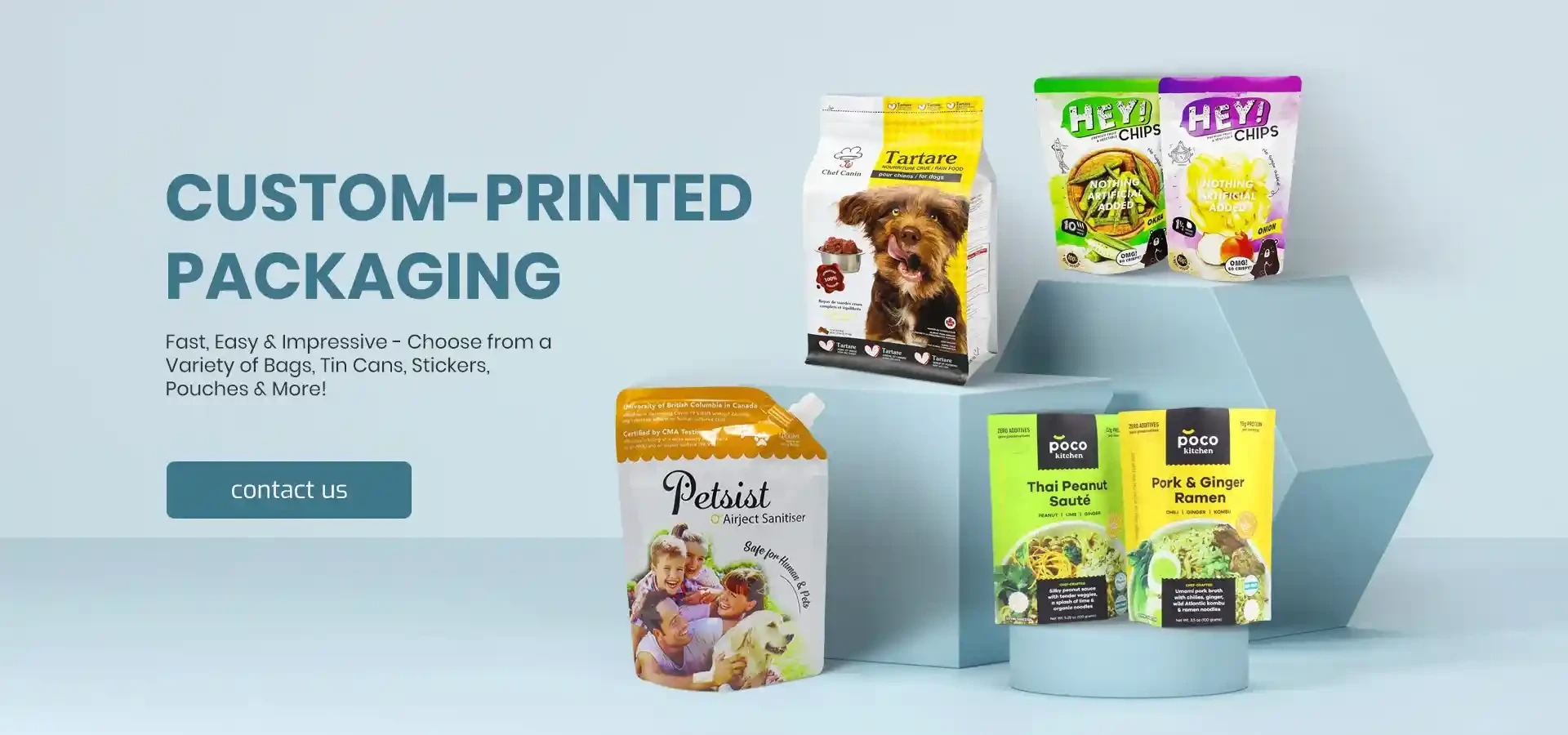- Afrikaans
- Albanian
- Amharic
- Arabic
- Armenian
- Azerbaijani
- Basque
- Belarusian
- Bengali
- Bosnian
- Bulgarian
- Catalan
- Cebuano
- chinese_simplified
- chinese_traditional
- Corsican
- Croatian
- Czech
- Danish
- Dutch
- English
- Esperanto
- Estonian
- Finnish
- French
- Frisian
- Galician
- Georgian
- German
- Greek
- Gujarati
- haitian_creole
- hausa
- hawaiian
- Hebrew
- Hindi
- Miao
- Hungarian
- Icelandic
- igbo
- Indonesian
- irish
- Italian
- Japanese
- Javanese
- Kannada
- kazakh
- Khmer
- Rwandese
- Korean
- Kurdish
- Kyrgyz
- Lao
- Latin
- Latvian
- Lithuanian
- Luxembourgish
- Macedonian
- Malgashi
- Malay
- Malayalam
- Maltese
- Maori
- Marathi
- Mongolian
- Myanmar
- Nepali
- Norwegian
- Norwegian
- Occitan
- Pashto
- Persian
- Polish
- Portuguese
- Punjabi
- Romanian
- Russian
- Samoan
- scottish-gaelic
- Serbian
- Sesotho
- Shona
- Sindhi
- Sinhala
- Slovak
- Slovenian
- Somali
- Spanish
- Sundanese
- Swahili
- Swedish
- Tagalog
- Tajik
- Tamil
- Tatar
- Telugu
- Thai
- Turkish
- Turkmen
- Ukrainian
- Urdu
- Uighur
- Uzbek
- Vietnamese
- Welsh
- Bantu
- Yiddish
- Yoruba
- Zulu
Exploring the Four Main Categories of Product Packaging Solutions
Exploring 4 Types of Packaging Shielding, Preserving, Presenting, and Promoting
Packaging is an integral part of product design and marketing, often serving multiple functions that can significantly influence consumer perception and purchase decisions. In the world of packaging, there are four primary types that stand out protective packaging, preservation packaging, presentation packaging, and promotional packaging. Each type plays a unique role in the lifecycle of a product, ensuring that it reaches the consumer in the best possible condition while also appealing to their aesthetic and emotional sensibilities.
1. Protective Packaging
At the core of packaging's functionality is protective packaging. Its primary goal is to safeguard products during storage and transportation. This type of packaging is critical for fragile items, electronics, perishables, and more. Protective materials include bubble wrap, foam inserts, molded pulp, and corrugated cardboard.
The effectiveness of protective packaging lies in its ability to absorb shocks, resist moisture, and deter breakage. Companies investing in high-quality protective solutions demonstrate a commitment to customer satisfaction; they prevent product damage, thereby saving on returns and replacements. For example, a company selling glassware might use thick cardboard boxes with custom foam inserts to ensure that each piece arrives safely at the customer’s doorstep.
Next, we have preservation packaging, which is particularly crucial for food and pharmaceutical products. This type of packaging prolongs shelf life and maintains product integrity, preventing spoilage, contamination, and degradation. It employs methods like vacuum sealing, nitrogen flushing, and airtight containers that create an optimal environment for the product.
Preservation packaging is vital not only for safeguarding health but also for reducing food waste. In a world where sustainability is increasingly prioritized, companies are challenged to find balancing acts between effective preservation and environmentally friendly materials. Innovative solutions, such as biodegradable films and recyclable containers, are becoming more prevalent, catering to eco-conscious consumers. For instance, brands that package their organic snacks in resealable pouches not only preserve product freshness but also appeal to consumers’ desire for convenience and sustainability.
4 types of packaging

3. Presentation Packaging
While functionality is paramount, aesthetics cannot be overlooked. Presentation packaging focuses on the visual appeal of the product, transforming an ordinary item into an enticing offer for consumers. This type of packaging is particularly prominent in cosmetics, luxury goods, and gift items, where the first impression can significantly influence purchasing decisions.
Materials such as elegant boxes, decorative bags, and unique bottle designs contribute to a brand's identity. Thoughtful design elements—colors, textures, and shapes—can evoke emotions and create an experience, leading to higher perceived value. An excellent example of presentation packaging is the eye-catching designs used by high-end perfumes and cosmetics that often become collector’s items themselves. Consumers may pay a premium for products that come in beautifully crafted packaging because it enhances their experience and provides additional joy beyond the product itself.
4. Promotional Packaging
Lastly, promotional packaging represents a marketing strategy in which packaging is used as a tool to drive sales. This can include limited-time offers, seasonal designs, or packaging that promotes a special event or campaign. Promotional packages often feature discounts, themed designs, and vibrant colors that attract attention on the shelves.
Companies leverage promotional packaging to create urgency and excitement. For example, during holidays, many brands introduce festive packaging that encourages consumers to choose their products over competitors. Furthermore, engaging packaging strategies, such as QR codes for interactive experiences or contests, can enhance consumer interaction and connection with the brand, creating a lasting impression that may encourage repeat purchases.
Conclusion
In conclusion, the four types of packaging—protective, preservation, presentation, and promotional—play vital roles in the success of a product. Each type serves its unique purpose while contributing to the overarching goal of ensuring customer satisfaction and loyalty. As consumer expectations continue to evolve, innovative packaging solutions will remain critical to maintaining a competitive edge in the marketplace. With rising awareness around sustainability and aesthetic appeal, the future of packaging looks bright, promising continued exploration and creativity in its design and application.













